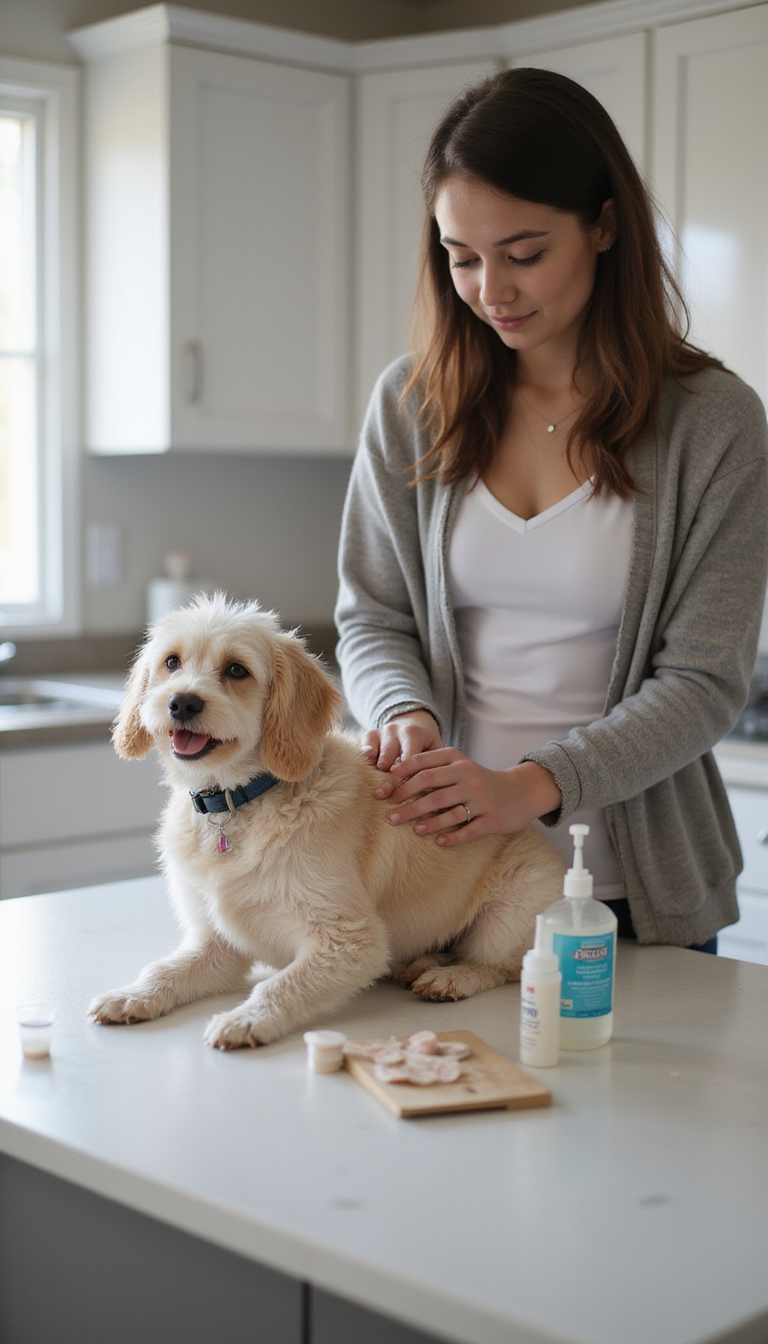1. Introduction
In the world of pet ownership, being prepared for a dog health emergency is essential. First aid for dogs plays a crucial role in ensuring your furry friend’s safety during unexpected situations. Whether your dog sustains a minor injury or faces a more serious emergency, knowing basic canine first aid can make a significant difference in their recovery and well-being.
2. Understanding the Importance of Dog First Aid
Many pet owners overlook the importance of pet emergency care. Accidents and health emergencies can happen at any moment, whether during a walk, playtime, or rest. Being knowledgeable about dog first aid allows you to act swiftly and effectively, reducing stress and preventing further injury. This article will guide you through essential animal first aid techniques every dog owner should know.
3. Common Dog Health Emergencies
Understanding the types of dog health emergencies can prepare you to respond promptly. Some common situations include:
- Bleeding or cuts
- Choking or airway obstruction
- Poisoning or ingestion of toxic substances
- Seizures or neurological issues
- Heatstroke or hypothermia
- Broken bones or fractures
In each case, quick and appropriate first aid can help stabilize your dog until professional veterinary assistance is available.
4. Essential Dog First Aid Supplies
To effectively perform dog first aid, you must have an accessible first aid kit. Essential supplies include:
- Sterile gauze and bandages
- Antiseptic wipes or solution safe for dogs
- Tweezers (for removing debris or ticks)
- Scissors
- Transport container or a blanket to immobilize injuries
- Pet-safe thermometer
- Identification tags and current veterinary contact info
Keep your kit stocked and review its contents regularly to ensure readiness in case of an emergency.
5. Basic Dog First Aid Techniques
Mastering fundamental dog first aid techniques can significantly impact your pet’s outcome. Here are some essential skills:
Controlling Bleeding
Apply gentle pressure with a clean cloth or sterile gauze to control bleeding. Elevate the injured area if possible and avoid removing embedded objects.
Performing CPR on Dogs
If your dog is unresponsive and not breathing, immediately start canine CPR. Position your dog on their right side, perform chest compressions at a rate of about 100-120 per minute, and provide rescue breaths. Learn more about pet rescue techniques here.
Handling Choking Incidents
If your dog is choking, open their mouth (if safe to do so), remove the object if visible, and administer abdominal trusts or the Heimlich maneuver for small dogs.
6. When to Seek Professional Veterinary Help
While first aid is vital, some situations require immediate professional attention. If your pet experiences severe bleeding, passive bleeding that persists after applying pressure, difficulty breathing, seizures lasting more than two minutes, or unconsciousness, contact your veterinarian immediately. Remember, the first aid for dogs is a preliminary step, not a substitute for veterinary care.
7. Tips for Preventing Dog Emergencies
- Keep harmful substances, like chemicals and sharp objects, out of your dog’s reach.
- Monitor your dog during outdoor activities and ensure they’re properly secured.
- Schedule regular veterinary check-ups to catch health issues early.
- Train your dog to respond to commands that enhance safety.
Prevention is always better than cure, and staying vigilant reduces the likelihood of emergencies.
8. Additional Resources and Learning
Enhance your knowledge of pet emergency care by attending first aid courses or workshops. Many animal rescue organizations offer certified training, which can be invaluable in critical moments.
For more recipes related to pet care, check out creamy spinach mushroom lasagna or explore restaurant-style garlic penne pasta for pet-friendly meal ideas.
9. FAQs About First Aid for Dogs
What should I include in my dog first aid kit?
An effective dog first aid kit should contain sterile gauze, antiseptic wipes, tweezers, scissors, a thermometer, and basic bandages. Ensure all items are safe for pets and regularly check expiration dates.
Can I perform CPR on my dog at home?
Yes, with proper training. Learning dog CPR techniques can prepare you to respond effectively during an emergency. Consider taking a certified pet first aid course for hands-on practice.
How do I prevent my dog from choking?
Feed your dog slowly, avoid giving them toys or treats that are too small or hard, and supervise snack time to reduce choking hazards. Regularly inspect their environment for potential dangers.
10. Conclusion
Being well-versed in first aid for dogs is an indispensable part of responsible pet ownership. Quick and knowledgeable responses to dog health emergencies can save lives and improve recovery outcomes. Prepare your pet first aid kit today, educate yourself on basic techniques, and always stay vigilant. Your proactive approach can make all the difference in critical moments. Remember, when in doubt, consulting your veterinarian is always the best step forward.






